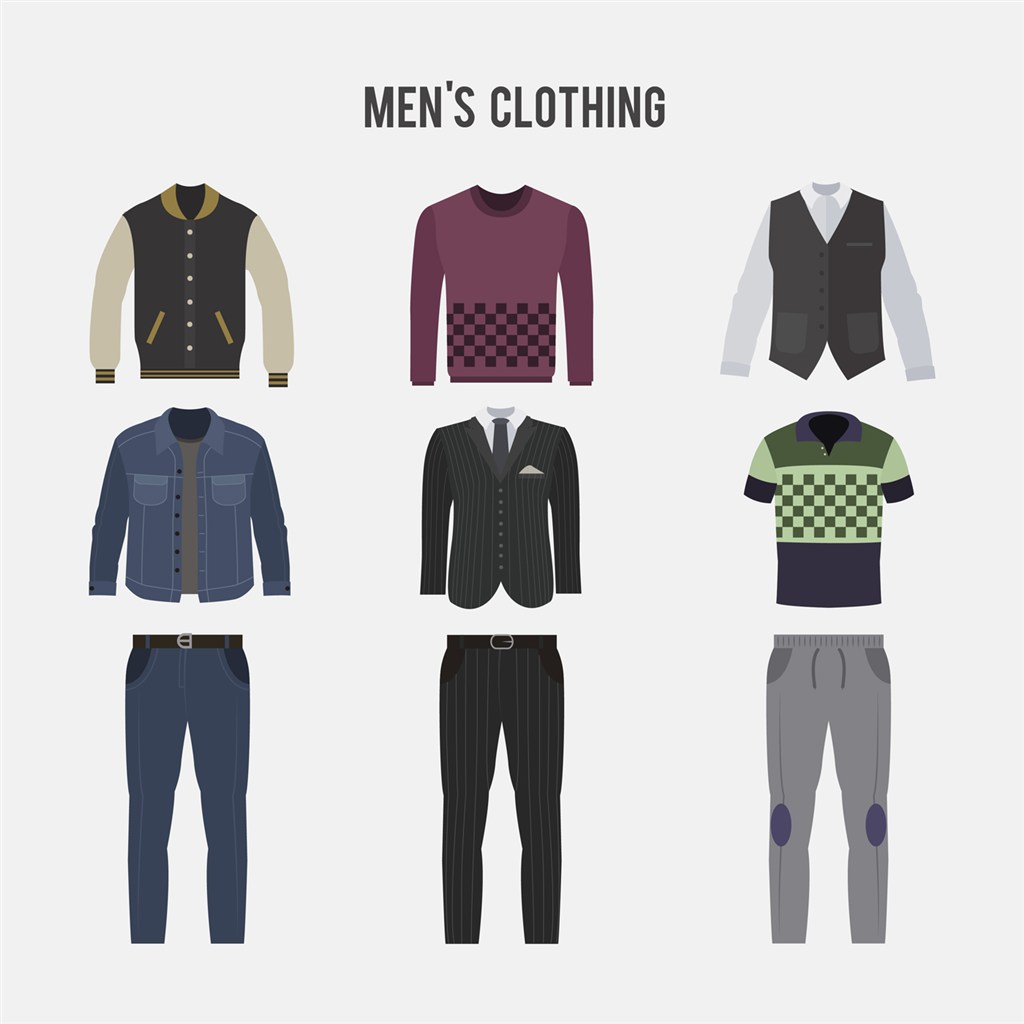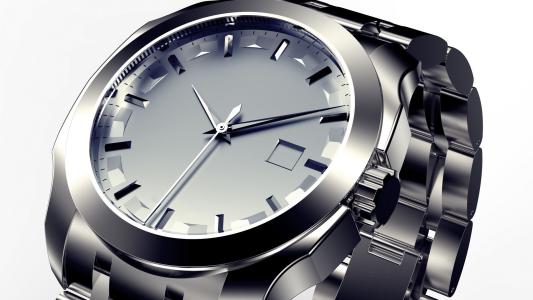Rule 1: Go For Complementary Over Matching

The first rule in matching is you don’t have to match things exactly! Specifically for your trousers and the multiple layers on top.
The ranking goes as follows: Complementary > Matching > Bad match > Putting no thought
The reason we have complementary ahead of matching is between both techniques – the first one lets the clothes “build each other up” to create a higher-level look.
So if you’re going the “complementary” route – pay attention to the color wheel. The trick is to ensure the main colors of your wardrobe are as far apart on the color wheel as possible.
But that doesn’t mean you ought to avoid “matching” altogether. It’s actually safer than “complementary” (as there are cases when people get distracted by a combination of 2+ strong colors you’re wearing).
Rule 2: Leathers Should Match
Simply put, leather is AWESOME.
History shows how it represents wealth and status. So take advantage of that and let your leather pieces stand out as a group – with the same color.
But this rule isn’t strict. Two things you should focus on matching are (1) your shoes and (2) your belt.
Then follow-up by means of the color of your (3) watch strap and (4) leather bag – but only if it’s convenient. Don’t spend money just for that purpose.
And it’s important to remember in this case – the more different the colors of your leathers are, the worse of a match you’ll end up with. So pairing sleek black boots with a light brown belt is out of the question (unless you cover up the belt). Chocolate brown boots are a better alternative here.
Your black leather footwear can go with a belt that’s any shade of gray (since gray is a non-color). But if you want each leather piece to stand out equally – I suggest finding ONE particular color you like and stick to it.
Rule 3: Metals Should Match
It’s the same deal. You want your watch, belt buckle and other pieces of metals to match if possible.
Think about the item you like wearing most. If it’s a certain watch – take note of the color and consider getting a matching belt buckle.
Silver goes with silver, while gold goes with gold (or even brass if there’s no obvious difference). But this is a mere GUIDE. There are exceptions.
Maybe your wedding ring is gold but you look good with silver metals. Or maybe you have a silver watch that’s been passed on by your father.
So don’t even think about replacing items with sentimental value! Because contrasting metals are really minor problems.

Rule 4: Wear Items With The Same Level Of Formality
Would you pair up a black tie suit jacket with basketball shorts? You get the idea.
All clothing items fall somewhere along the formality scale. And since your outfit is primarily based on its “weakest link” – don’t match your most formal stuff with your least. It will only spoil how good you look as a whole.
A formal-casual combo is like oil and water. The two elements don’t mix. You’ll only end up raising a question mark in people’s heads. They’ll wonder if you had trouble finding something to wear, got dressed in a hurry, or were simply trying out a new (but strange) style.
However – it does get tricky regarding some types of leather shoes. A given pair may appear more casual than formal (especially if it has more broguing or details). You might be able to wear it with jeans but not with a business attire. So those things will require some trial and error.
Rule 5: Learn From Famous People
You might be processing all this information and thinking “A doesn’t go with B but goes with C…” quite a lot. Juggling all these yes’s and no’s.
But the art of matching is much easier when you have a ROLE MODEL. Someone who’s always seen in public with a killer ensemble. It could be Idris Elba or Ryan Gosling on the red carpet, Bruno Mars when he performs on live television, or Roger Federer when he appears on watch ads.
Those are the masters you want to learn from. They present what works every time (or at least their stylists never fail to make the right calls, but that’s beside the point). Take inspiration from them – but don’t copy every little detail. Your individuality still needs to pop out.